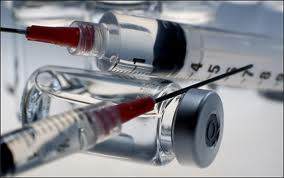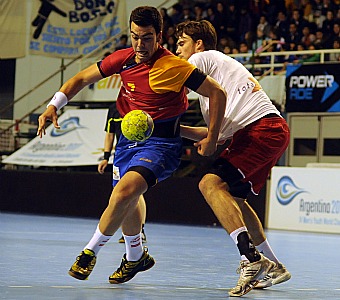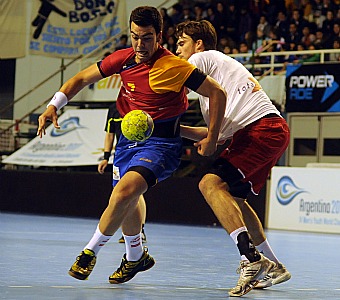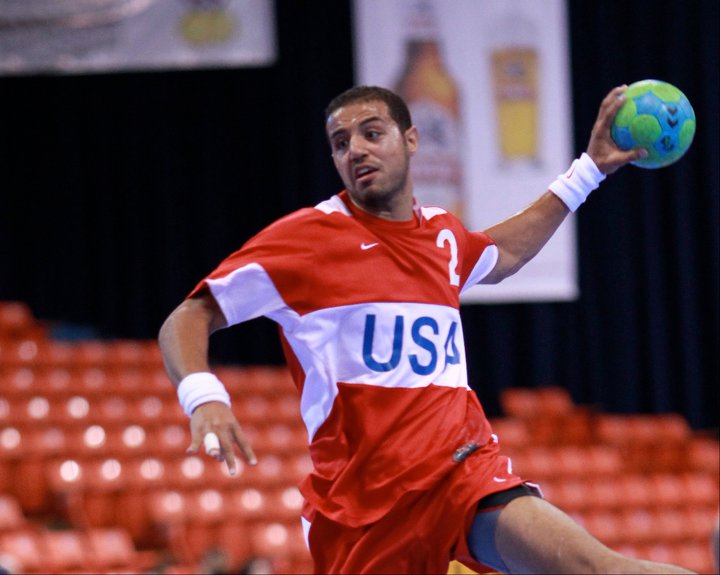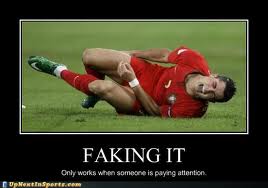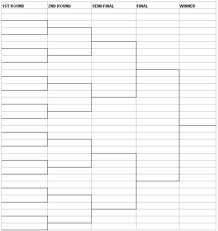The handball rules limit very clearly how many team officials (coaches, manager, medical staff) are allowed to be on the bench during the game. In some way, this may imply that these four individuals are somehow supposed to manage on their own as a team, without the support from anyone located elsewhere. Although I am more inclined to think that the main reason for the limitation is really a practical one, to avoid a crowd in the bench area and to enable the match supervisors to have an easier time in controlling the action, in terms of players substitutions, discipline etc.
On the other hand, we have sometimes given the impression that contact with other members of team management is inappropriate, as there tend to be some concerns if one of the teams manages to place an entire delegation in the first spectator row behind the team bench. This is often considered as something to be avoided or prevented, especially if one does not have a similar situation for both teams. It is the kind of unfair advantage for the home team that, at least optically, may cause some reactions.
But is it really realistic and meaningful in these modern times with sophisticated, wireless communication to suggest that the four persons on the bench must work in isolation from everyone else? Should it be forbidden for a coach to have occasional or constant phone contact with an assistant sitting higher up and having a different perspective of what is happening on the court? And would it somehow be necessary to prohibit the use of laptops or other devices with the scope for constant messaging or access to stored information throughout the game?
The rules in the 2010 rule book do not deal with these issues, because nobody has really focused on the implications of modern technology. So any prohibitions, if they were to be found necessary or desirable, would have to be introduced as new legislation. But personally I must say that this would be a highly questionable move. It is difficult to imagine that inequity could become an issue, because surely the necessary equipment is cheap and easily available to both/all teams. And it is not likely that such methods would ever create any disturbance. So why fight against modern trends!
In fact, from my vantage point, with easy access to NFL, NBA and NHL games live and on TV, I observe that it is an established practice to take advantage of whatever technology that might be useful and available. Coaches in the NFL are constantly working through headphones, and instant overview photos of the previous game situation are obtained and studied eagerly. NHL coaches constantly rely on observations from someone up in a booth etc.
And just hypothetically, if one nevertheless wanted to establish some prohibitions, how could one possibly imagine an effective and evenhanded enforcement? Do we need to add an extra official near the benches, who sneaks around and tries to detect illegal equipment…? But I know that handball people are sometimes more conservative than one might imagine. It seems that the IHF is right now thinking about the issue, and I will be interested in their conclusions. But in the meantime I would be happy to get the reactions from our readers: is the use of communications equipment on the team benches an issue? Should it be restricted or should we just ignore it?






